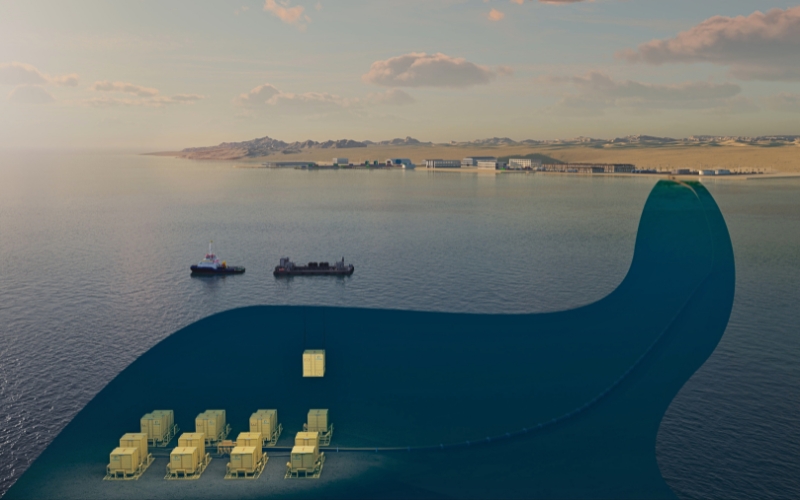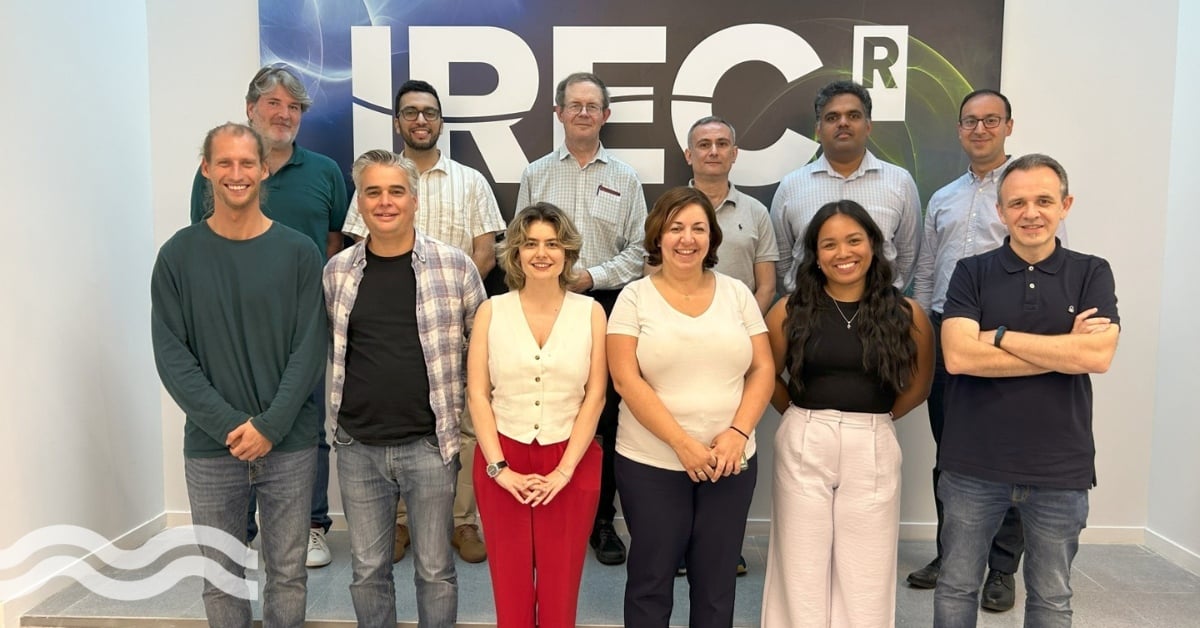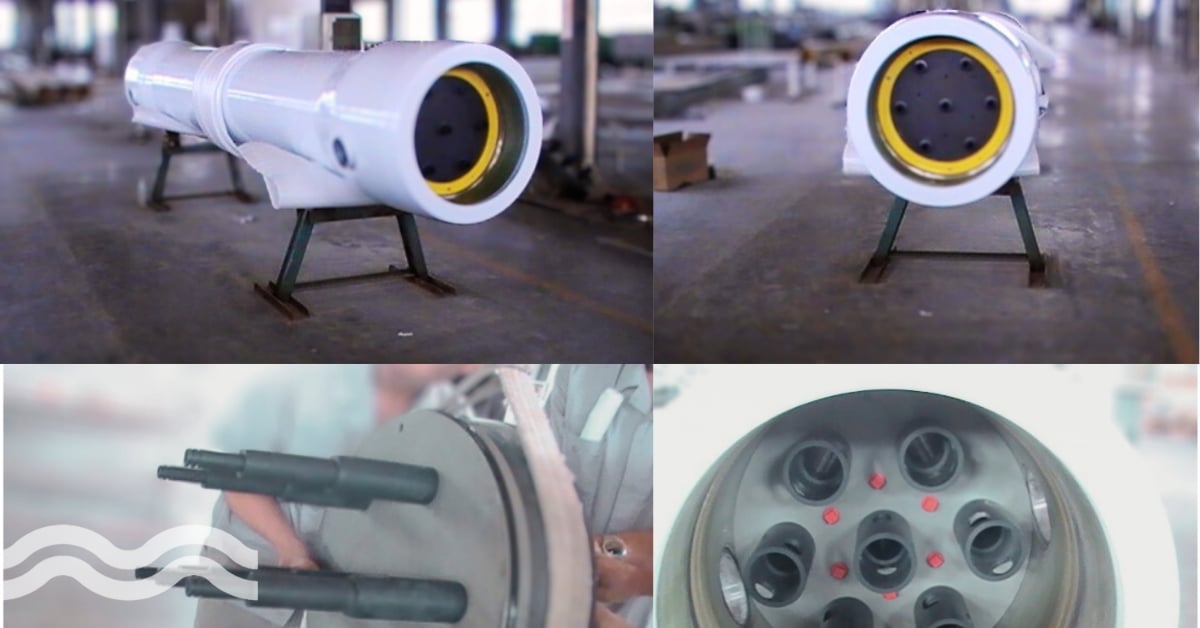
Norwegian desalination company Flocean has moved from prototyping subsea desalination to signing an agreement to launch a commercial desalination plant, with the first clean water expected in 2026.

World’s first commercial subsea plant
The plant will be located off the west coast of Norway in the Fensfjorden area. The team at Flocean draws on experience and skills developed in the offshore energy, subsea robotics, and modular marine systems sectors often associated with the oil and gas industries.
Alexander Fuglesang, CEO and founder of Flocean, told Aquatech Online: “We have finalised plans to launch the world’s first commercial subsea desalination plant at Mongstad, Norway. With permits approved by the Norwegian Coastal Authorities, we’re moving full speed ahead. This is no longer a concept or a prototype. This is real infrastructure – underwater.”
The pods have been trialled successfully since November 2024 at the site off the coast of Mongstad. The trial has shown that the producing and delivering clean, potable water from the deep sea is not only technical possible, it is also a reliable system that can be scaled to meet need.
Technology validated by external authority
Ahead of the trial, the company’s technology was validated by global certification body DNV. This validation suggested the Flocean deep sea pod system could achieve between 30-50 per cent energy savings compared to onshore desalination.
The company launched Flocean Zero to validate the validation. The four-month trial processed more than five million litres of water, demonstrating:
That the system was able to produce potable water that meets the WHO’s excellent category for drinking water using standard commercial membranes and the same SWRO process that is planned for large-scale deployment. The water also meets Norwegian drinking water standards, as verified by Eurofins.
That the potential for fouling is virtually zero, eliminating a common and costly challenge for typical desalination plants.

How does the system work?
The system is designed to be modular with each desalination pod able to produce up to 7,500 m³/day. Multiple pods can then be deployed in the same location to meet demand, making it highly scalable. The pods work at maximum efficiency at depths between 400 and 600 metres and within 10km from shore.
The pods uses the natural pressure found in the deep sea as its energy source. This ‘free’ energy means the system has no need for a huge and energy intensive surface infrastructure.
According to the company’s own data, using ocean pressure results in:
- 40% less energy consumption
- 95% less land footprint
- No toxic brine discharge
- Unaffected by storms, hurricanes, flooding, and algal blooms
- Improved physical protection.
What about the environmental impact
The Fensfjorden area is one of the most important marine corridors in the region, which meant the plant needed to gain a permit from the Norwegian Coastal Authorities.
The sensitive nature of the marine environment means brine dispersal needs to be managed carefully, despite it being only marginally more saline than the seawater. The plant will discharge the condensate at depths of between 400 and 600 metres, which should ensure effective and rapid dispersal of the brine without harming aquatic life.
The system largely eliminates the need for chemical pre-treatments such as flocculants, coagulants, and disinfectants, and also means there is no need for anti-scalant chemicals.
The growing need for desalination solutions
According to the UN, freshwater demand is expected to outgrow supply by 40 per cent in 2030. This is not only for drinking water, but also for use in industrial and agricultural processes. There are also concerns that none of the SDG6 targets are currently on track to be met, including access to safely managed drinking water.
Desalination is proving an increasingly popular method of providing access to fresh water at scale but it faces a number of challenges to become more energy efficient and more environmentally-friendly, but also to address chemical use and membrane fouling. Onshore desalination also comes with a large footprint in terms of land use. Despite these challenges, the market for desalination continues to grow with capacity set to double by 2032.
Offshore desalination looks set to become an important part of the freshwater production ecosystem, whether that be deep-sea based pods or surface-based buoys.


